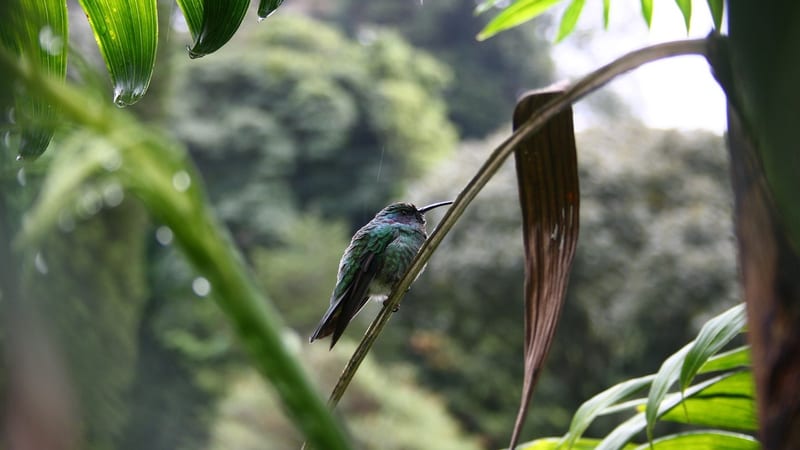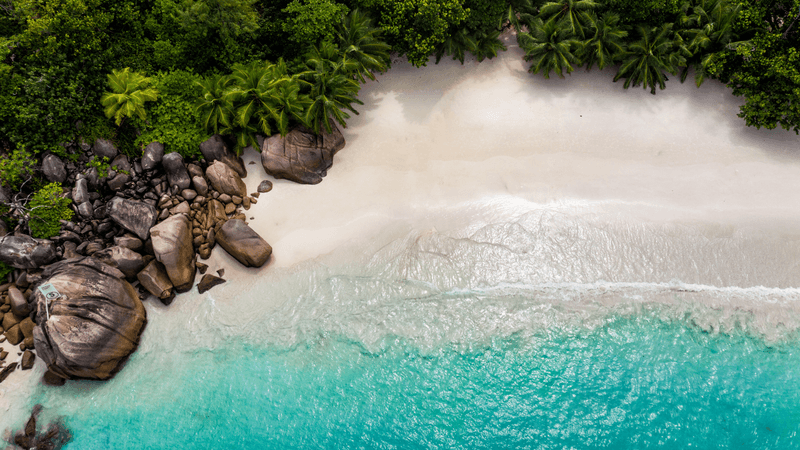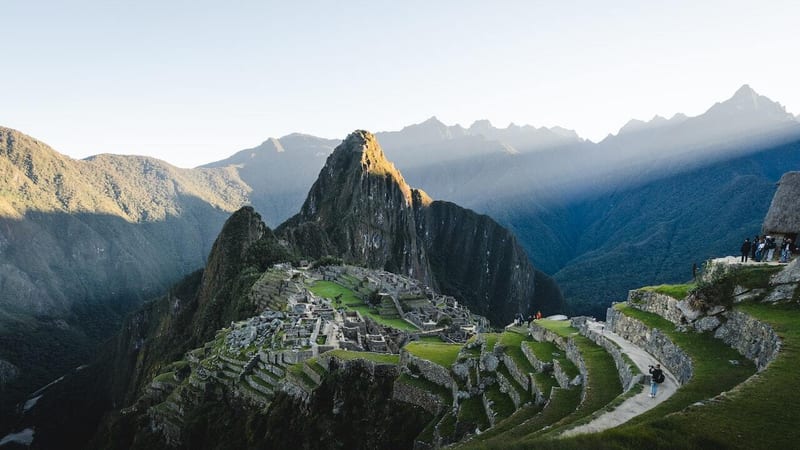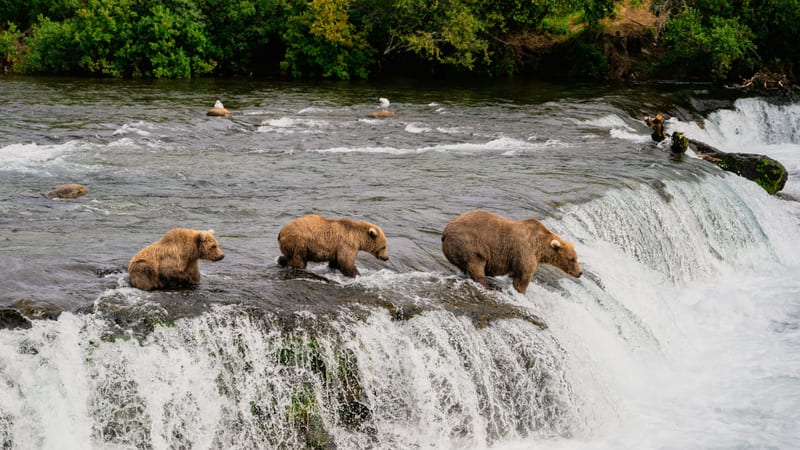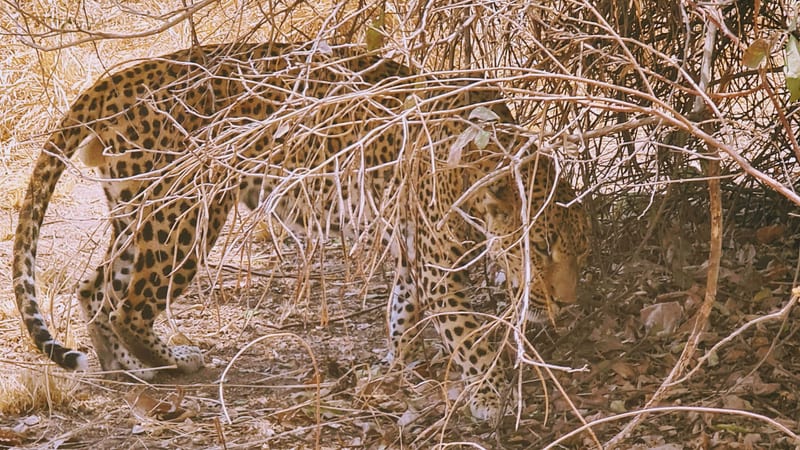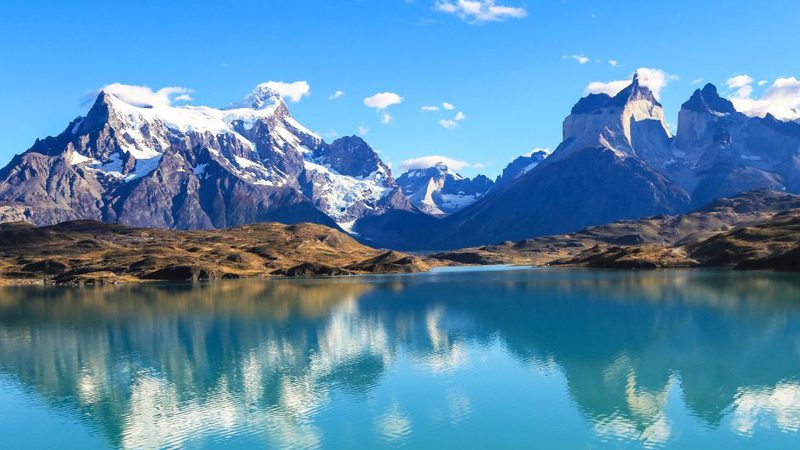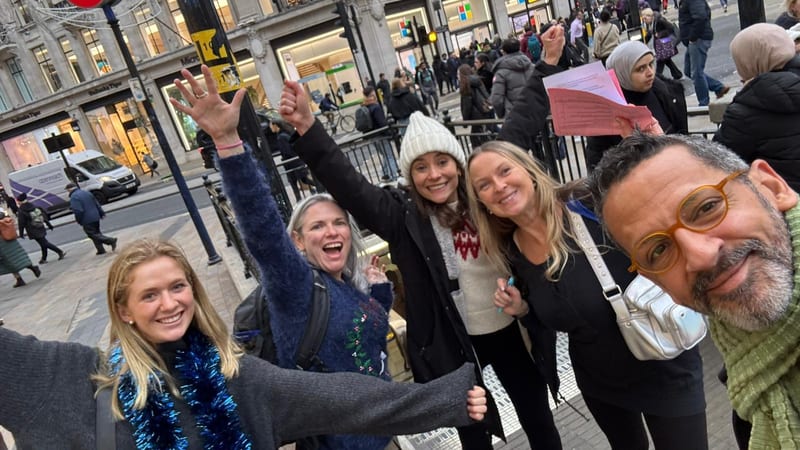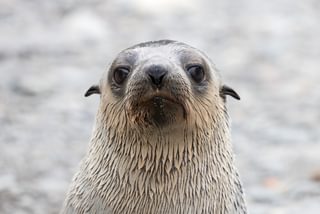When to go to Antarctica
Find out the best time to visit Antarctica with our month-by-month guide.
- Best
- Good
- Mixed
- Jan
- Feb
- Mar
- Apr
- May
- Jun
- Jul
- Aug
- Sep
- Oct
- Nov
- Dec
January
Peak season with near 24-hour daylight. Spot adorable fluffy penguin chicks and explore remote huts used by explorers in the Ross Sea.
February
Best time for whale watching, including humpback, sperm, and orca whales. Penguins and fur seals remain abundant, and cruises venture beyond the Polar Circle.
March
As the season winds down, fewer ships visit. Great for whale spotting and witnessing fur seals on the Antarctic Peninsula.
April
Cruise ships are absent during the winter, with extreme temperatures and darkness dominating the region. Only scientists and film crews stay.
May
Cruise ships are absent during the winter, with extreme temperatures and darkness dominating the region. Only scientists and film crews stay.
June
Cruise ships are absent during the winter, with extreme temperatures and darkness dominating the region. Only scientists and film crews stay.
July
Cruise ships are absent during the winter, with extreme temperatures and darkness dominating the region. Only scientists and film crews stay.
August
Cruise ships are absent during the winter, with extreme temperatures and darkness dominating the region. Only scientists and film crews stay.
September
Cruise ships are absent during the winter, with extreme temperatures and darkness dominating the region. Only scientists and film crews stay.
October
Few cruises visit this early, but it offers lower fares, pristine landscapes, and the potential for great photography. Look for penguins and seals on icebergs.
November
The Antarctica season begins, and you can witness hatching penguin chicks. Combining with South Georgia allows viewing elephant seal courting and penguin mating. Spring flowers bloom on subantarctic islands, and seabirds soar over the Drake Passage.
December
Arguably the best time with warmer temperatures, long daylight, and active wildlife. However, it's the most expensive period.




